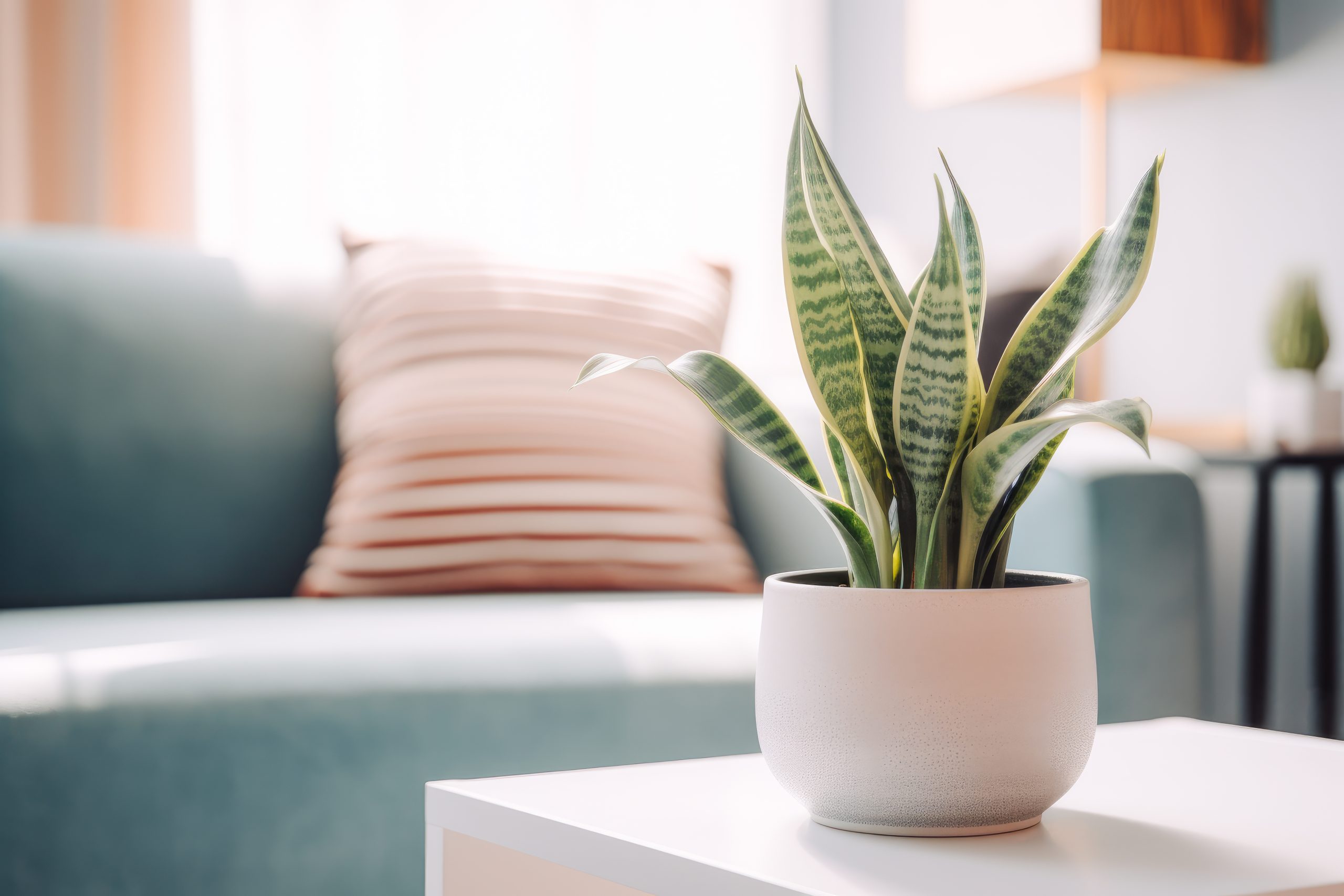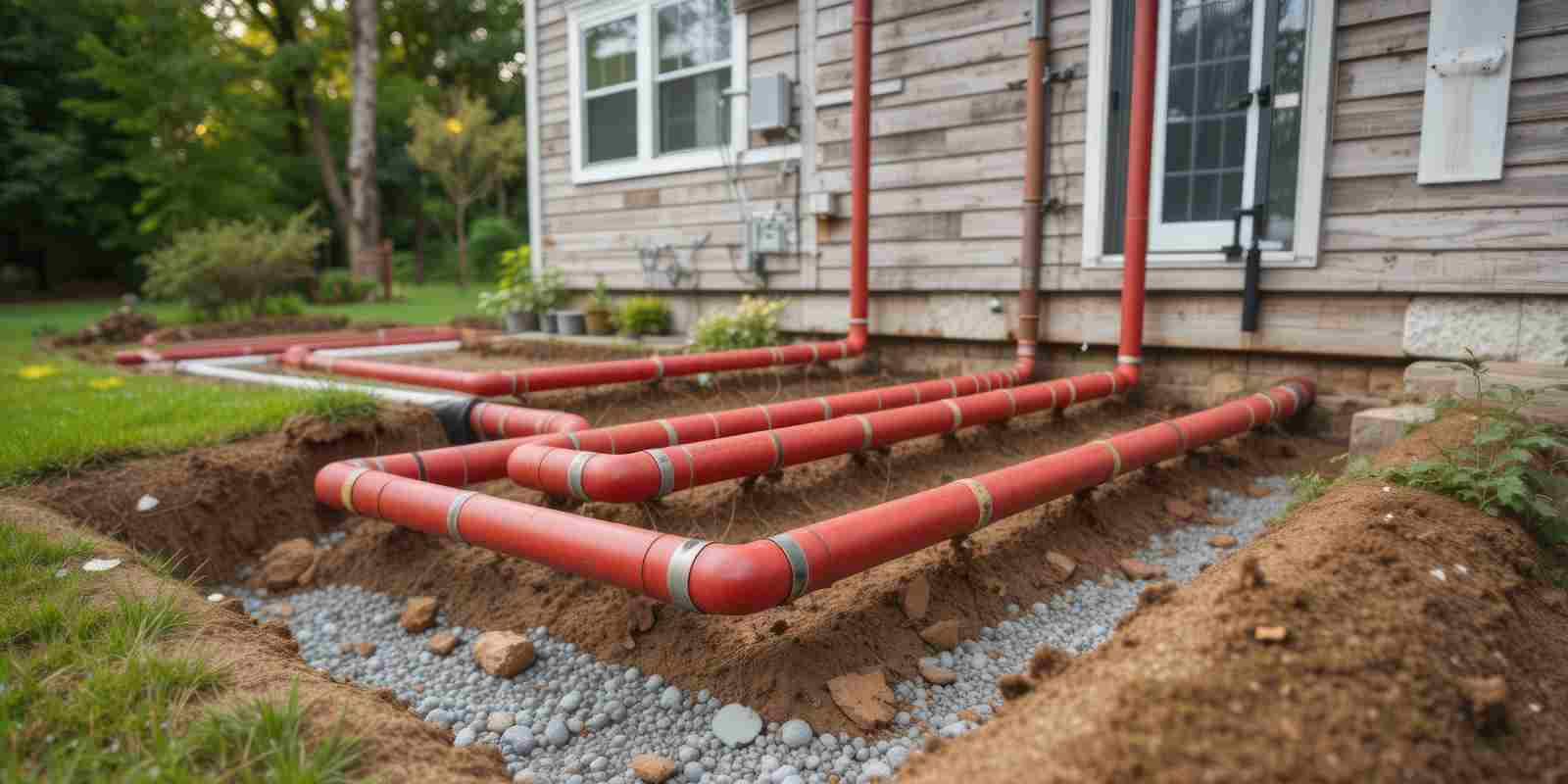
As winter sets in and temperatures drop, many households turn to heating systems to stay warm and cozy. While keeping your home warm is essential for comfort, it’s equally important to maintain the right indoor humidity level. Striking the perfect balance can contribute to a healthier and more comfortable living environment. We’ll explore the significance of indoor humidity during winter and discuss the optimal levels to ensure both well-being and comfort.
The Impact of Winter on Indoor Humidity:
Cold winter air tends to be dry, and as you heat your home, the indoor air becomes even drier. This can lead to a range of issues, including dry skin, irritated eyes, respiratory problems, and even damage to your furniture and wooden fixtures. To counteract these problems, it’s crucial to monitor and control the humidity levels within your living spaces.
The Recommended Indoor Humidity Level in Winter:
The ideal indoor humidity level during winter should fall within the range of 30% to 50%. This range provides a comfortable and healthy environment while minimizing the risk of issues associated with both excessive and insufficient humidity.
Benefits of Maintaining the Right Indoor Humidity:
Improved Comfort:
Maintaining an optimal indoor humidity level helps prevent the discomfort associated with dry air, such as dry skin, chapped lips, and static electricity.
Respiratory Health:
Adequate humidity levels can alleviate respiratory issues by preventing the drying out of mucous membranes in the nose and throat. This is especially important for individuals with asthma or allergies.
Preservation of Wooden Furnishings:
Dry air can cause wooden furniture and fixtures to crack and warp. By maintaining proper humidity, you can protect your valuable possessions and extend their lifespan.
Energy Efficiency:
Well-humidified air feels warmer, allowing you to lower your thermostat and save on heating costs. This not only benefits your wallet but also reduces your carbon footprint.
Prevention of Mold and Mildew:
Excessive humidity can lead to the growth of mold and mildew, posing health risks and causing damage to your home. Maintaining the recommended humidity range helps prevent these issues.
Tips for Maintaining the Right Indoor Humidity:
Use a Humidifier:
Investing in a humidifier is an effective way to add moisture to the air. Place it strategically in commonly used areas to ensure a balanced humidity level.
Monitor Humidity Levels:
Utilize a hygrometer to regularly check the humidity levels in different rooms. This will help you make necessary adjustments to maintain an optimal balance.
Ventilate Your Home:
Allow fresh air to circulate by opening windows and doors periodically. Proper ventilation helps prevent the buildup of excess humidity and promotes a healthy indoor environment.



